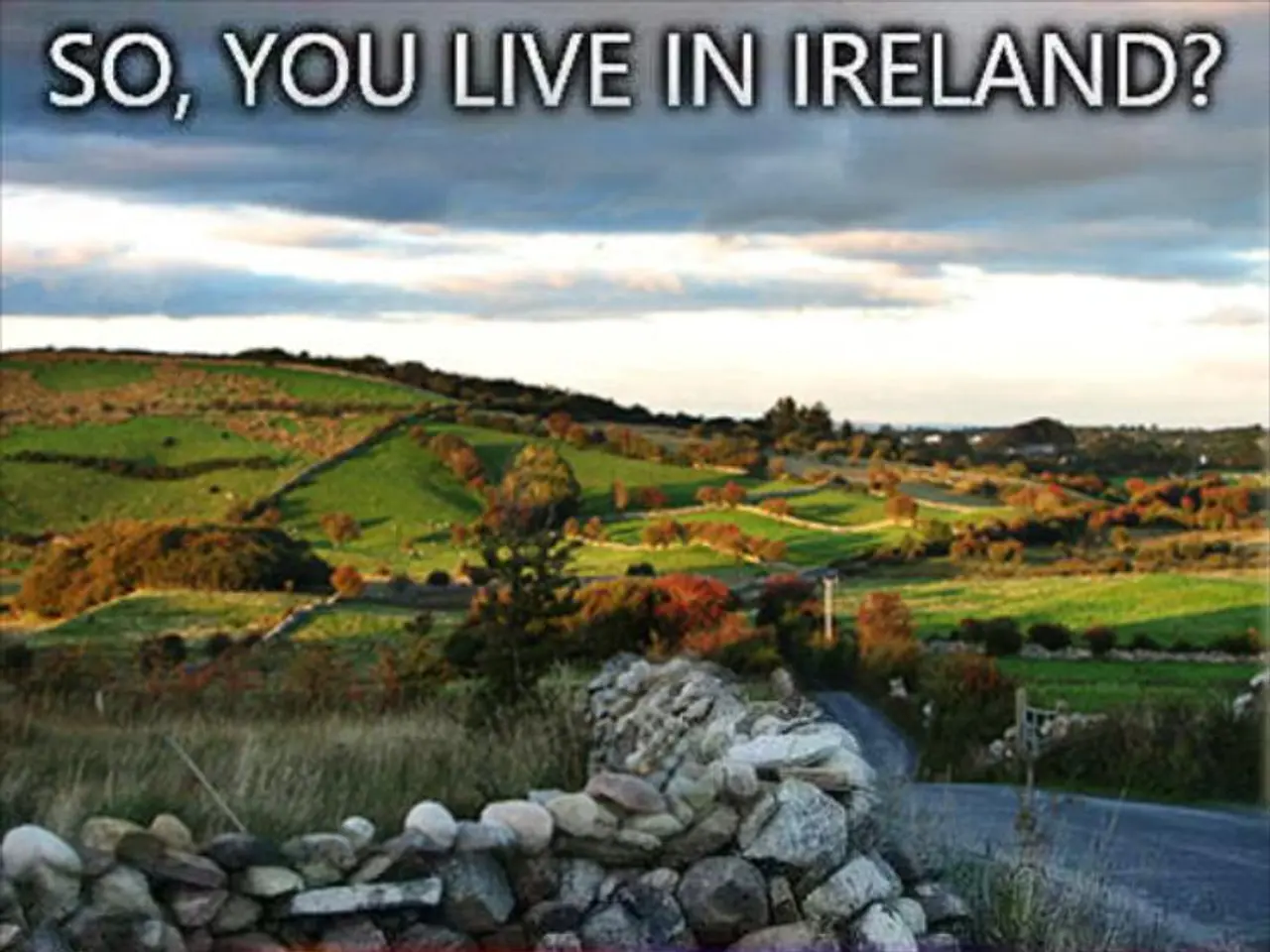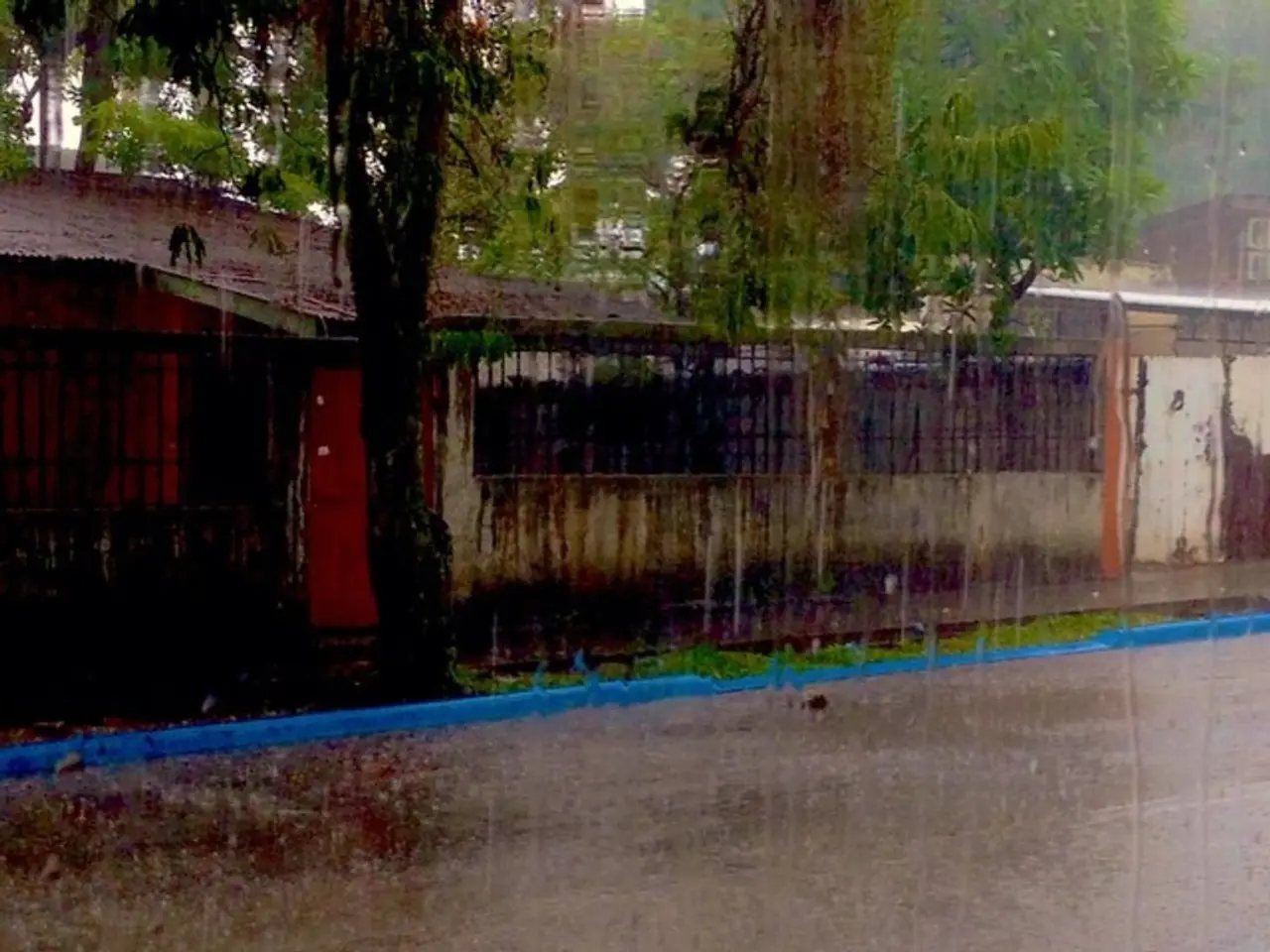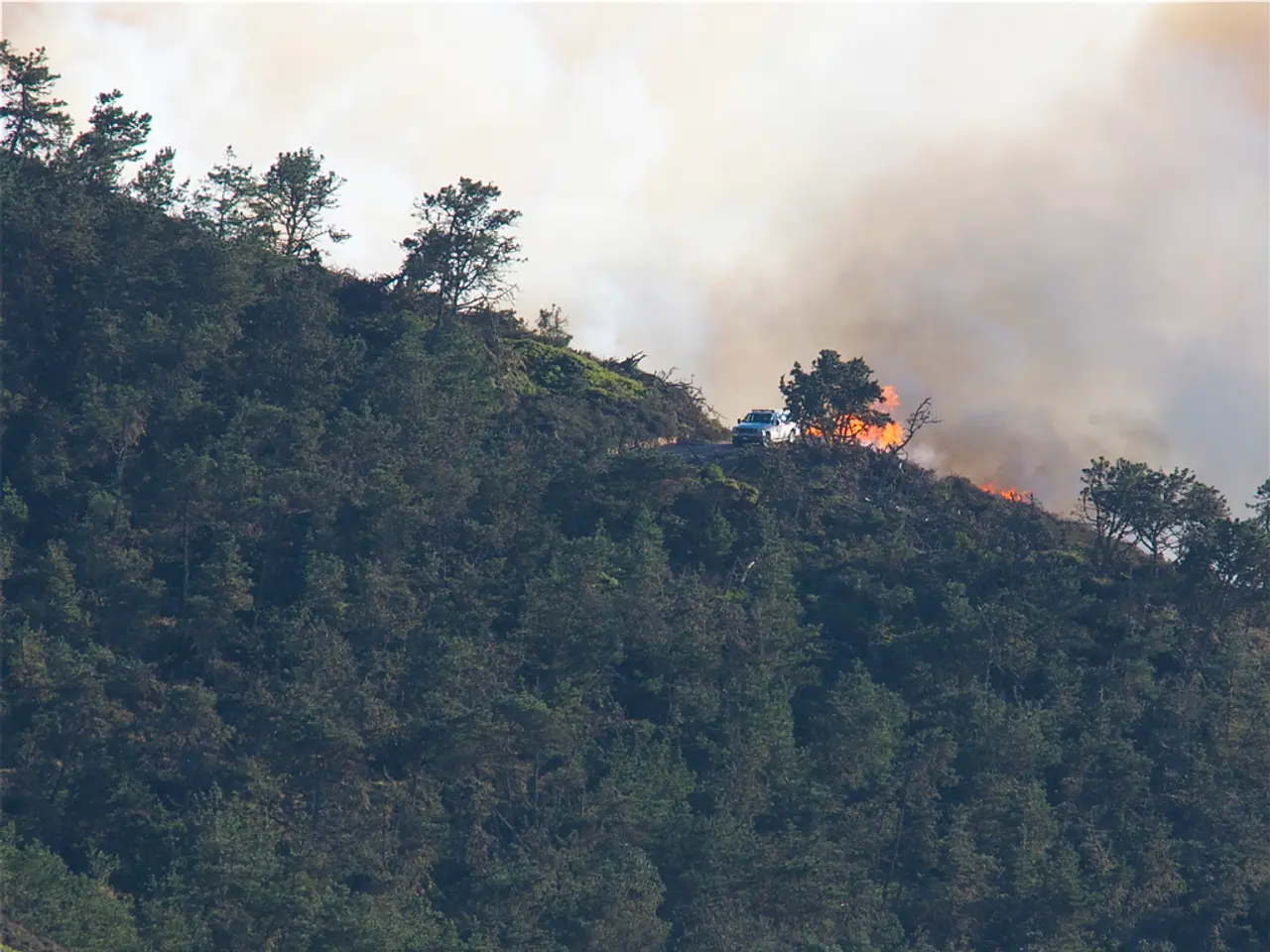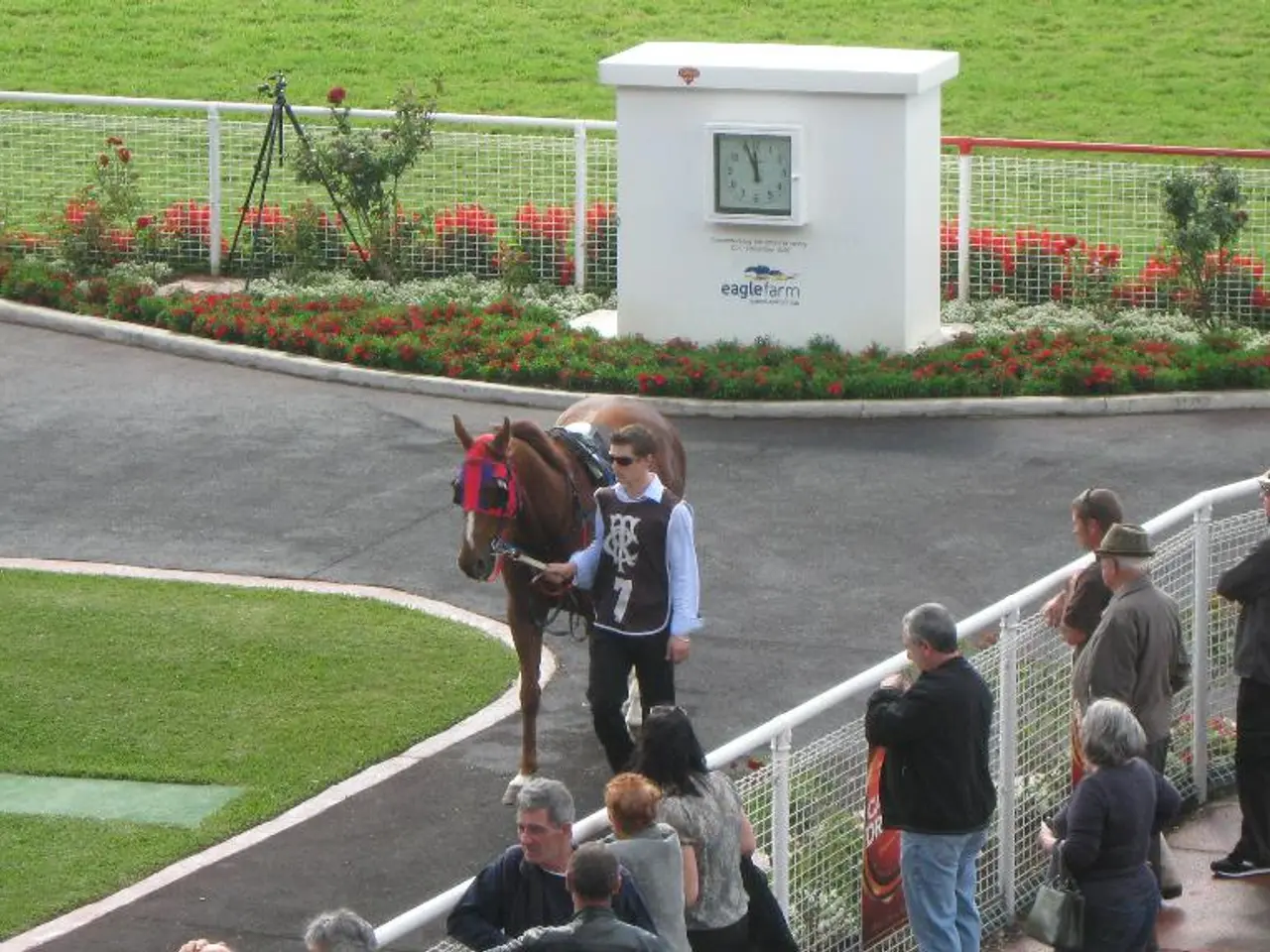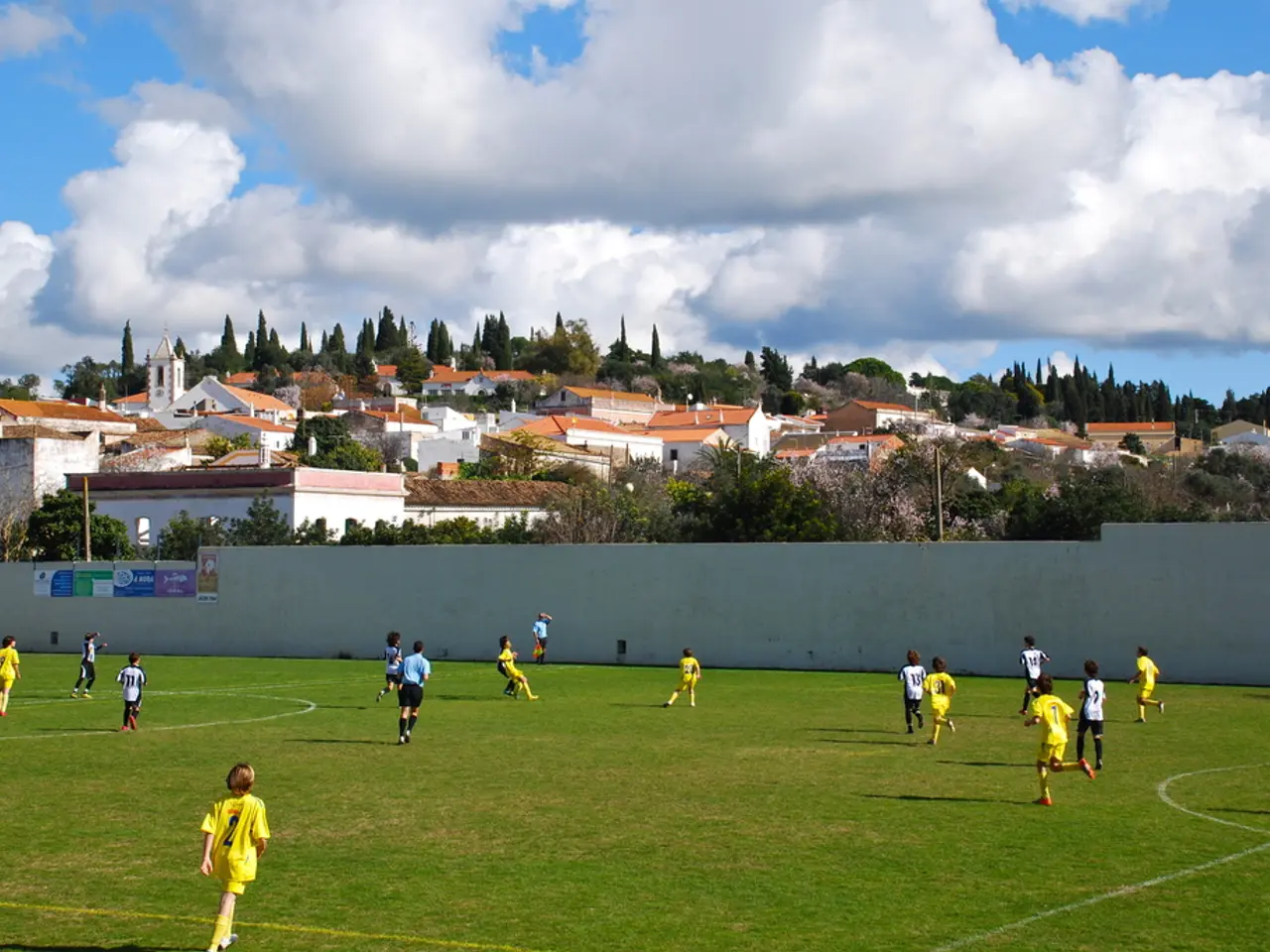Chaotic rescue attempts, as depicted in recordings and videos, unfolded during the catastrophic Texas floods and their aftermath
Chaotic Rescue Effort During 2021 Central Texas Flood
The rescue effort during the devastating flash flood in Central Texas' Hill Country on July 4, 2021, was marked by delayed and inadequate communication and emergency response coordination. This, compounded by the region's challenging geography, led to a chaotic scene that claimed at least 136 lives, including more than two dozen children and counselors at Camp Mystic.
The flood's rapid onset and the lack of a robust flood warning infrastructure in the area, known as "Flash Flood Alley," exacerbated the situation. Although an emergency weather briefing on July 3 indicated a minor possibility of flash flooding, the National Weather Service did not issue a flash flood warning until 1:14 a.m. on July 4. Critically, the flash flood emergency warning for Kerrville was not issued until 5:34 a.m., after water levels had already risen dramatically.
The Hill Country's steep terrain and rocky soil cause rapid runoff, creating flash floods with little warning. Urbanization with impermeable surfaces further accelerates flooding, making the region particularly prone to such disasters.
Coordination issues among emergency agencies, from local to federal levels, also played a significant role. Criticism was directed at multiple levels for failure to effectively coordinate rescue operations and communicate warnings, resulting in confusion and delayed rescue efforts.
At 4:45 a.m., rescuers waited for instructions in a fast food parking lot less than 2 river miles from the RV park at Camp Mystic, where screams were heard as waters rose. Volunteer firefighters were moving teams to bridges and river crossings at 4:59 a.m., while a firefighter was running along the river trying to find people in distress. Dispatchers started getting calls from people spotting possible survivors from 8:33 a.m. onwards.
Residents along the Guadalupe River have questioned why they had no notice of the impending flood. Lawmakers have expressed their intent to learn lessons from the catastrophe. The death toll grew to at least 136, with three people still missing. Questions have been raised about why top emergency officials weren't involved sooner.
The flood peaked at almost 24 feet (7.3 meters) of water in the Guadalupe River at 4:16 a.m., according to a U.S. Geological Survey river gauge. Emergency calls for water rescues started at 3:35 a.m. Rescues and body recoveries continued into the afternoon.
In the wake of this tragic event, it is clear that improvements in communication systems, broadband, and emergency response coordination are necessary to better protect the communities in Central Texas' Hill Country from future flash flood disasters.
The flood's sudden onset and the delayed weather warningsAdditionally, the lack of a comprehensive flood warning infrastructure in the area, often referred to as "Flash Flood Alley," exacerbated the weather-related crisis in the Central Texas' Hill Country.

